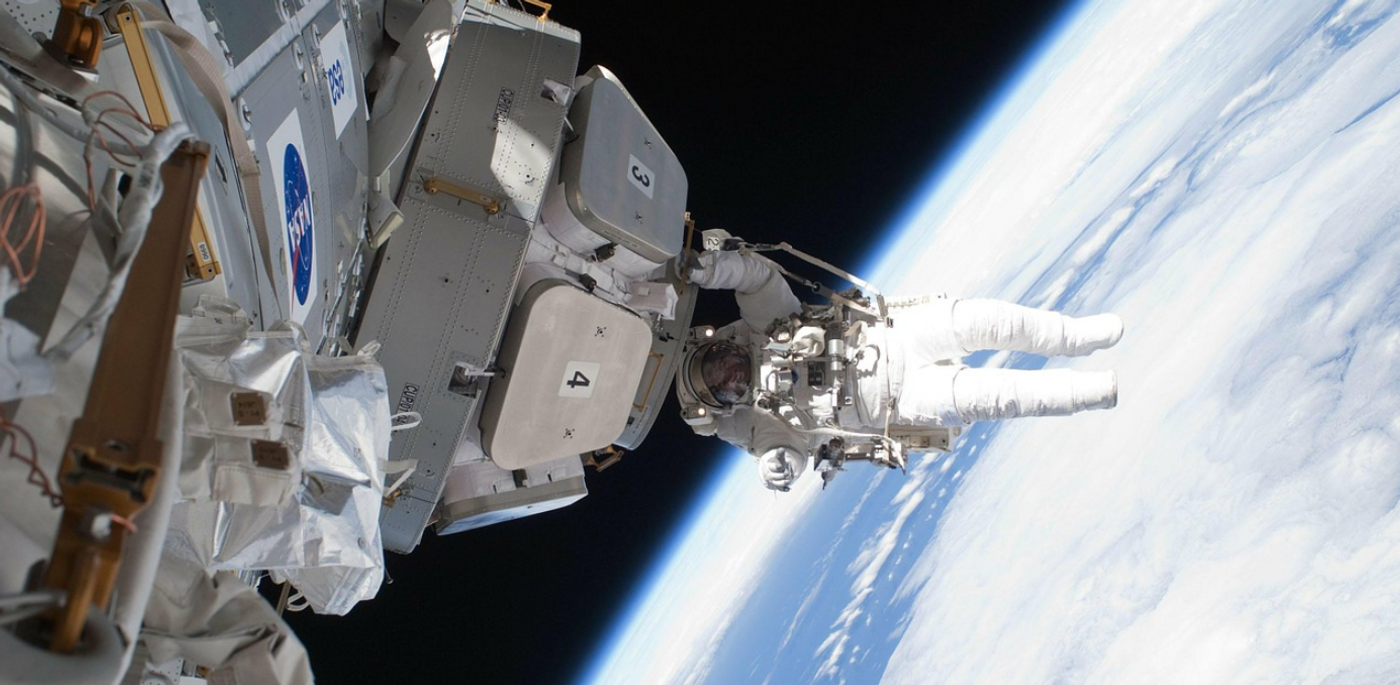'Space Anemia' is Due to an Accelerated Loss of Red Blood Cells
When astronauts go to space, many of them become anemic; they lose red blood cells. It's been suggested that space anemia was a side effect of a shift in fluids that happens in the upper bodies of astronauts once they get to space; about ten percent of the fluid in their blood vessels is lost when that occurs. Their bodies compensated by shedding red blood cells, or so it's been thought. In an average person, there is a normal loss of about two million red blood cells every second, which are replaced by stem cells in the bone marrow. New research has shown that loss accelerates in space.
This work, reported in Nature Medicine, analyzed the health of fourteen astronauts during six-month missions in space. The study determined that they lost 54 percent more red blood cells while they were in space compared to how many they lost when they are on Earth. The astronauts were losing about 3 million red blood cells per second, in both male and female astronauts.
“Our study shows that upon arriving in space, more red blood cells are destroyed, and this continues for the entire duration of the astronaut’s mission,” said lead study author Dr. Guy Trudel of The Ottawa Hospital and the University of Ottawa.
In this study, the researchers used methods to measure the destruction of red blood cells, which were adapted for sample collection on the International Space Station. Back at the Trudel lab, the study authors measured small levels of carbon monoxide in breath samples from the astronauts. Heme is the pigment in red blood cells that gives them their color, and each time a red blood cell is lost and its heme is destroyed, a single molecule of carbon monoxide is generated.
The production of red blood cells was not measured in this study, but the scientists assumed that the astronauts' bodies generated extra red blood cells, or they would have become severely anemic and unhealthy. Five of thirteen astronauts did have anemia once back on Earth (a blood sample was not available from the fourteenth). The levels of their red blood cells returned to normal over about three months after their return.
Trudel explained that because there is no gravity in space, weightless bodies can also deal with the loss of red blood cells more easily. "The effects of anemia are only felt once you land, and must deal with gravity again,” said Trudel.
However, a year later, the destruction of red blood cells was still elevated, and was about 30 percent higher than it had been prior to the space mission. More work will be needed to determine the mechanism underlying the lingering impact, or how long it might last. We also don't know how the effect may build up over longer missions.
This study shows that astronauts or space tourists should be screened for anemia before they embark on a mission. It may be important to modify their diet to help treat a loss of iron. Another study by this team indicated that longer missions cause a more significant impact, which could have implications for future missions to Mars.
This research may also provide some insight into health conditions closer to home. Bedrest is associated with anemia, and Trudel suggested that there may be similar mechanisms at work behind that observation and what happens in space.
Sources: The Ottawa Hospital, Nature Medicine









